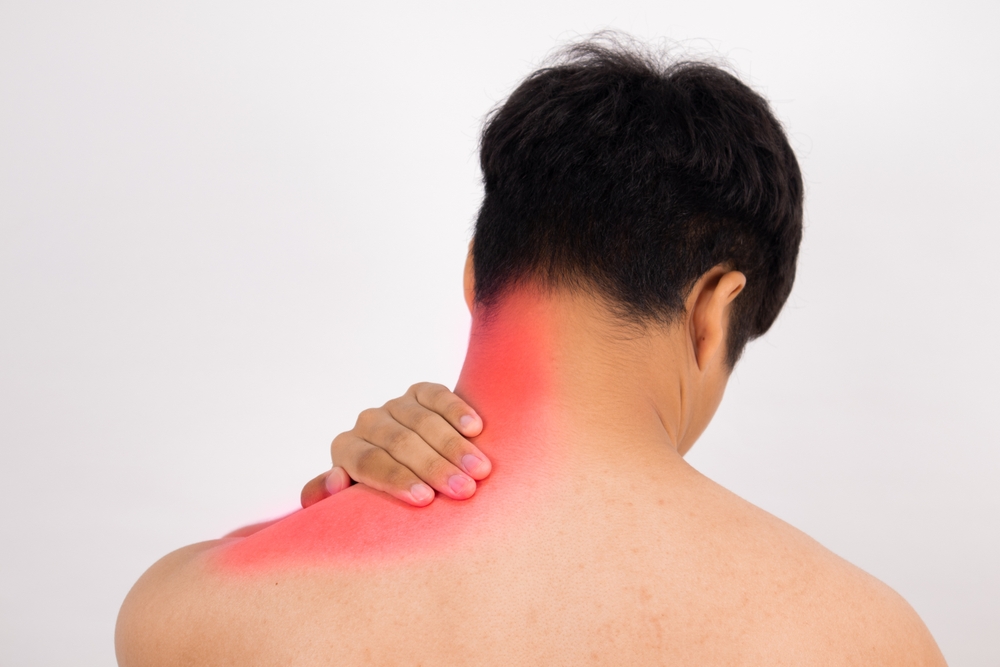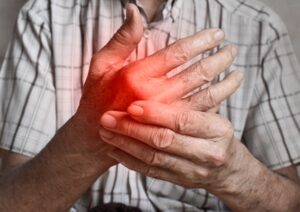Myositis is a group of rare inflammatory diseases that cause muscle weakness, inflammation, and degeneration. At Pacific Arthritis, we are committed to helping patients understand and manage this complex condition. This blog will explore what myositis is, the available treatments, and essential self-care tips to help patients live better with this challenging disease.
What is Myositis?
Myositis encompasses several types, each with distinct characteristics, but all involve chronic muscle inflammation. The primary forms include:
1. Polymyositis: This type generally affects adults and involves muscle inflammation and weakness in both sides of the body, particularly in the shoulders, hips, and thighs. It progresses slowly over time.
2. Dermatomyositis: This type is similar to polymyositis but includes a skin rash. The rash often appears on the face, eyelids, knuckles, elbows, knees, chest, and back.
3. Inclusion Body Myositis (IBM): IBM primarily affects older adults and progresses more gradually. It involves muscle weakness and atrophy, particularly in the muscles of the wrists, fingers, and quadriceps.
4. Juvenile Myositis: This form affects children and includes both polymyositis and dermatomyositis features. It can affect the skin and muscles and often comes with more severe systemic symptoms.
The exact cause of myositis is unknown, but it is believed to involve a combination of genetic and environmental factors. The immune system mistakenly attacks the body’s muscle tissues, leading to inflammation and muscle damage.
Treatments for Myositis
While there is no cure for myositis, several treatments can help manage symptoms, reduce inflammation, and improve muscle strength and function. The treatment approach depends on the type and severity of myositis and individual patient factors. Common treatments include:
1. Medications:
- Corticosteroids: Prednisone and other corticosteroids are often the first line of treatment to reduce inflammation.
- Immunosuppressants: Drugs such as methotrexate, azathioprine, and mycophenolate mofetil help suppress the immune system and reduce inflammation.
- Biologic Agents: Rituximab and other biologics may be used for patients who do not respond well to standard treatments.
- Intravenous Immunoglobulin (IVIG): IVIG therapy can be effective for some patients, particularly those with dermatomyositis.
2. Physical Therapy:
A tailored exercise program can help maintain and improve muscle strength and flexibility. Physical therapists work with patients to create a safe and effective regimen.
3. Occupational Therapy:
Occupational therapists help patients adapt their daily activities and use assistive devices to maintain independence and quality of life.
4. Speech and Swallowing Therapy:
For patients experiencing difficulty swallowing or speaking, specialized therapy can help improve these functions.
5. Dietary Management:
A balanced diet rich in anti-inflammatory foods can support overall health and well-being. A nutritionist can provide personalized dietary recommendations.
Self-Care Tips for Managing Myositis
Living with myositis requires proactive self-care and lifestyle adjustments. Here are some essential tips to help manage the condition:
1. Follow Your Treatment Plan:
Adhering to your prescribed medications and therapy sessions is crucial for managing symptoms and preventing flare-ups.
2. Stay Active:
Engage in regular, low-impact exercise as recommended by your physical therapist. Activities like swimming, walking, and gentle yoga can help maintain muscle strength and flexibility.
3. Rest and Pace Yourself:
Listen to your body and take breaks when needed. Avoid overexertion, as it can exacerbate symptoms.
4. Maintain a Healthy Diet:
Eat a balanced diet rich in fruits, vegetables, whole grains, lean proteins, and healthy fats. Incorporate anti-inflammatory foods such as fish, nuts, seeds, and leafy greens.
5. Stay Hydrated:
Drinking plenty of water is essential for overall health and can help reduce muscle cramps and fatigue.
6. Manage Stress:
Practice stress-reducing techniques such as mindfulness, meditation, deep breathing exercises, and hobbies that bring joy and relaxation.
7. Protect Your Skin:
For those with dermatomyositis, protecting your skin from the sun is crucial. Wear sunscreen, protective clothing, and avoid prolonged sun exposure.
8. Seek Support:
Connect with support groups, either in-person or online, to share experiences and gain emotional support from others facing similar challenges.
9. Monitor Symptoms:
Keep a symptom diary to track any changes in your condition and share this information with your healthcare team to adjust your treatment plan as needed.
10. Stay Informed:
Educate yourself about myositis and stay updated on new treatments and research. Knowledge empowers you to make informed decisions about your health.
How Pacific Arthritis Can Help
At Pacific Arthritis, our team of expert rheumatologists is dedicated to providing comprehensive care for patients with myositis. We offer personalized treatment plans tailored to each patient’s unique needs, incorporating the latest advancements in rheumatology. Our multidisciplinary approach includes medication management, physical and occupational therapy, dietary counseling, and ongoing support to help patients achieve the best possible outcomes.
If you or a loved one is living with myositis, don’t hesitate to reach out to Pacific Arthritis for compassionate, expert care. Together, we can navigate the challenges of myositis and work towards a healthier, more active life.




